While the time that the Baghdadi Jewish community spent in Calcutta was short, from the late 1790s to the second half of the twentieth century, their imprint was both lustrous and lasting. They made an impact on the city, the country, and the world. While most who know about the Calcutta Jewish experience associate it with wealthy traders and real estate moguls like the Ezras, the Gubbays and the Sassoons, the community shone in numerous spheres of endeavour. This unfolded spectacularly and with many a surprise as I curated the digital archive, “Recalling Jewish Calcutta,” over a ten-year period (2011 – 20210), collecting documents, photographs and memories of Calcutta Jews now scattered across the world. Drawn to the unconventional and quirky, I highlight a few of the “finds” from the archive that was irretrievably hacked a few months ago.
You may also like:
Jews from the Middle East came to the mercantile City in search of commercial opportunities. never numbering more than four thousand, they were engaged in every rung of the social ladder in businesses and trade; they were also teachers, in the services, medicine, film, printing and photography, in the legal and other professions. They were philanthropic and looked after the needy in the community of which there were many, as waves of Jews from across the Middle East came to the city to escape persecution in Arab lands or in search of economic opportunities. While their philanthropic works in Calcutta were well-known, including the gifting of the Gubbay House and Ezra House at the zoo, it was a surprise for me to learn from Dr. Reisner, an Israeli academic, that Joseph Abraham Shalome (1833 – 1911), a Calcutta Jew buried in our cemetery in Narkeldanga, is fabled in Israel as the “Builder of Jerusalem.” He built a hospital there as well as one in Hebron and bought land next to the Kotel (The Wailing Wall, the holiest site for Jews) where his children built a Yeshiva (school of religious study) in his honor. The famous Porat Joseph Yeshiva is where the Chief Rabbis of Israel study.
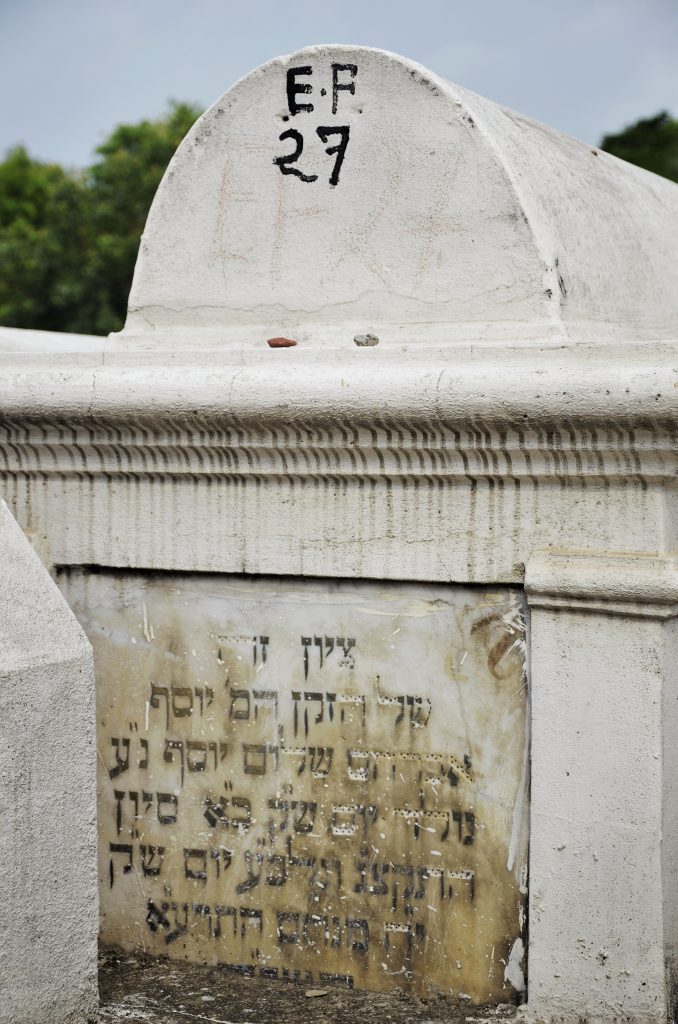
While the Baghdadi Jews were conservative and maintained ties to the Holy Land and to religious places in Iraq, they were deeply engaged in the secular life of the city. There were several Jewish girls enticed by the Hindi cinema as featured in Danny Ben Moshe’s, ‘Shalom Bollywood: The Untold Story of Indian Cinema’. While Sulochana (Ruby Myers 1907 – 1983) and Nadira (Florence Ezekiel 1932 – 2006) were Baghdadi Jewish girls from Pune and Bombay respectively, Esther Victoria Abraham (Pramila) and her cousin Rose who introduced Esther to film were from Calcutta. I had the opportunity to meet Esther’s son, Haidar Ali, an actor and screenwriter, who shared photos and documents of her colorful life. What I admired most about her was her spunk – Esther lived life on her own terms and like Ruby had her own film production company – Silver Productions with sixteen films under its banner. Ironically it was she who was famous for introducing new styles in sari draping and was crowned the first Miss India (947). Her daughter, model Naqi Jahan, was crowned in 1967 – the only mother and daughter to win the title. Through Edmund Jonah I learned about his mother, Rachel Sofaer (1907 – 1923), who came to Calcutta from Burma with her parents. Her screen name was Arati Devi. Rachel acted in the first silent Bihari film, Life Divine (1931).
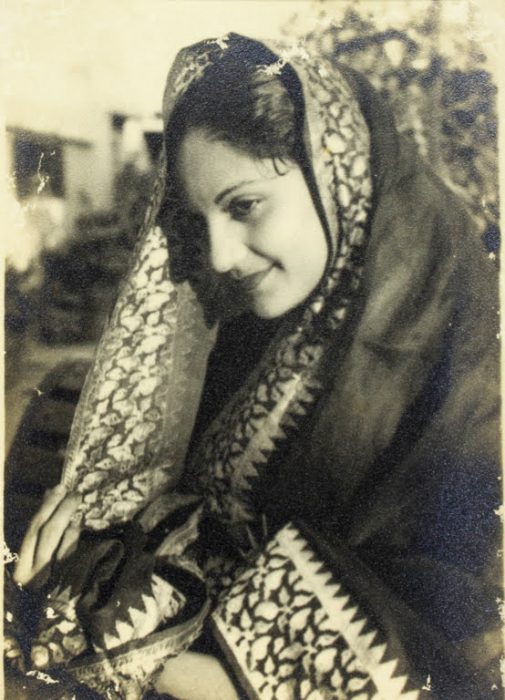
While there is increasing interest in the Bollywood stars two other film personalities from the Calcutta Jewish community were R. J. Minney and Ezra Myer. Minney is remembered as a British producer, journalist, playwright, and author with over forty books. He was a prolific journalist in India and London, was the editor of several newspapers, as a filmmaker working with leading British film production companies. Myers, contrary to Minney who represented himself as an Englishman, changed his name to Ezra Mir to sound more Indian. He, too, was a filmmaker, and started his own production company, Everest Pictures (1939). He was the founding President of the Indian Documentary Association and worked on over seven hundred documentary films.
Pioneer photographer, David Mordechai, was known for his society portraits and his official photographs. He had a flourishing studio with over one hundred employees and introduced commercial photography to the city. His daughter, Anita Blackman who has his collection, generously shared many photographs for the archive which included one of Che Guevara visiting the B N Elias factory in Agarpara (1959) as part of a Cuban delegation visiting India.
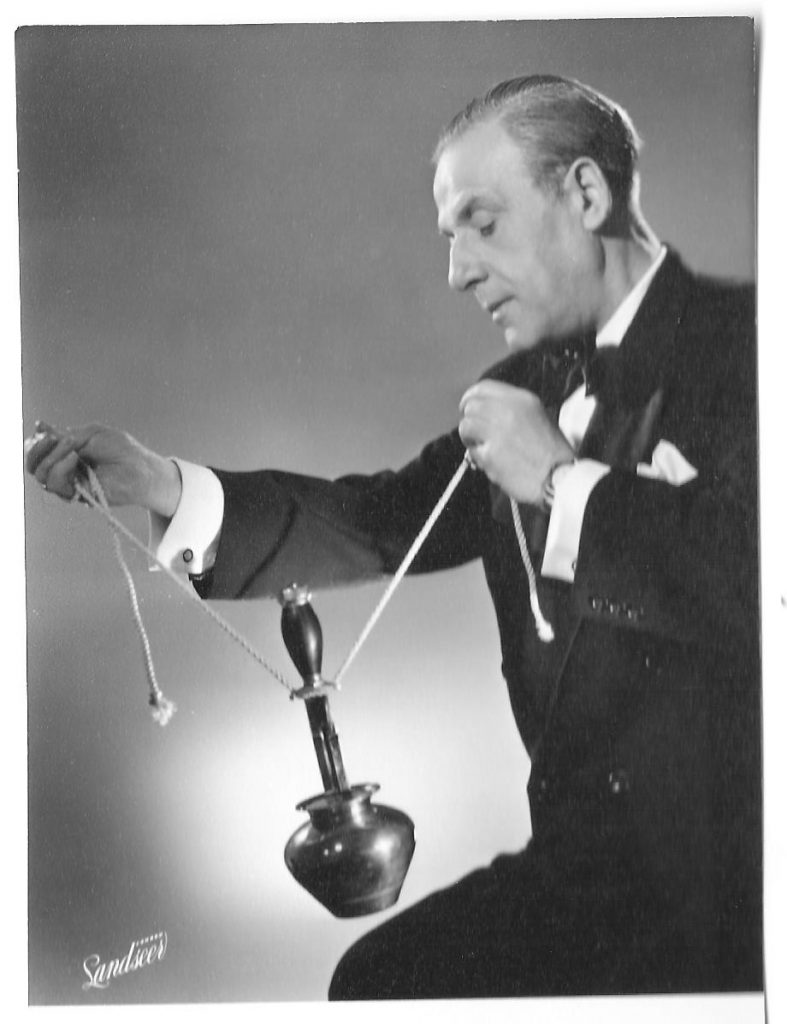
Other personalities that captured my imagination were the two sisters Regina Guha and Hannah Sen. Regina was the first woman who, after obtaining her law degree in 1916, submitted an application to serve as a pleader in the Alipore District Court and her case was referred to the High Court. While her attempt failed, she paved the way for women to practice law. Her sister, Hannah Sen was an active member of the Congress party, an educator, and an advocate for women. Hannah (1894 – 1957) was a member of the first Indian Rajya Sabha (1952 – 1957), founder and first director of Lady Irwin College in Delhi and represented India at the UN Commission on the Status of Women and at UNESCO. She was advisor to the Government on the rehabilitation of women and children refugees after Partition. While the Jewish community was generally not involved in politics, David Haskell Cohen was the Editor of Unity magazine, a Communist magazine that sought to unite its leadership and ranks through the arts. He later worked at the party headquarters and represented CPI abroad in many venues. David Cohen edited the monthly Communist party magazine New Age. Ellis Meyer was the News Editor of the Statesman from the fifties, then the leading paper of Calcutta.
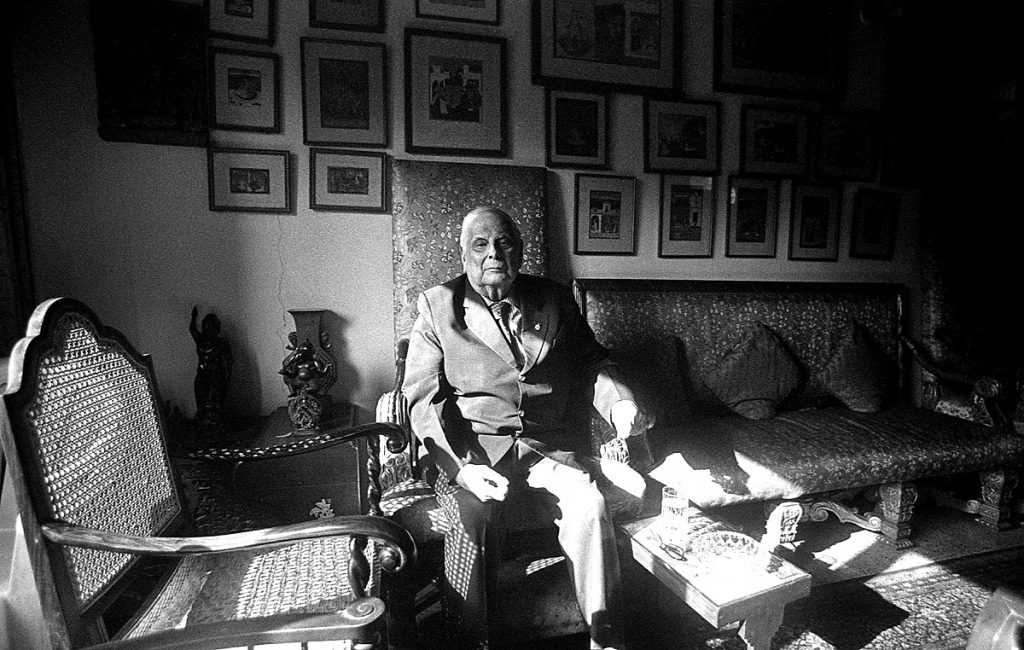
Solomon Bekhor, a Calcutta Jew, a violinist, and a close friend of Utpal Dutt through their theater interests, emigrated to London. He sent information on his cousin, Eddie Joseph, whose stage name was Eddie Jason. Eddie’s father opened Morrison’s, a coffee shop on Lindsay Street and the family lived on Chowringhee Lane. From a young age Eddie was interested in “jaddu wallahs” and saw the Great Nicola perform in Calcutta. He started creating his own magic tricks from the age of twelve and became a professional at 18. Eddie started writing for international magic publications, published over seventy books on magic – his effects and techniques are still used. The Society of Indian Magicians (1951) conferred upon him the title Dean of Magic and he has the distinction of having Bombay’s magic circle named after him – the Eddie Joseph Ring. Eddie represented India at the International Brotherhood of Magicians (IBM) in 1928 and was very active in the Society of Indian Magicians.
General J.F. R. Jacob, (1921- 2016) Governor of both Punjab and Goa, was the last star of this brilliant constellation, best known for assuring India’s victory in the Bangladesh War (1971). Too bad a year before he died Mukti (2017) was released. I know he would have loved to see his role in the Liberation War lionized in the film by the very dashing Milind Soman.
These few luminaries I selected provide glimpses of the dynamism of this small but very creative community who gained greatly from, but also enriched the city they made their home for almost two centuries.
Images courtesy: Jael Silliman, Sanjeet Chowdhury, Anita Blackman, Haider Ali, Naqi Jahan.
Jael Silliman, born in Kolkata, was educated at Wellesley College, Mass., Harvard University, University of Texas, Austin. She received her doctoral degree in international education at Columbia University. She has written extensively on gender and economic development, and women’s movements in the developing world. 'The Teak Almirah', 'Where Gods Reside: Sacred Places of Kolkata', 'Jewish Portraits, Indian Frames: Women's Narratives from a Diaspora of Hope' are some of her published works.





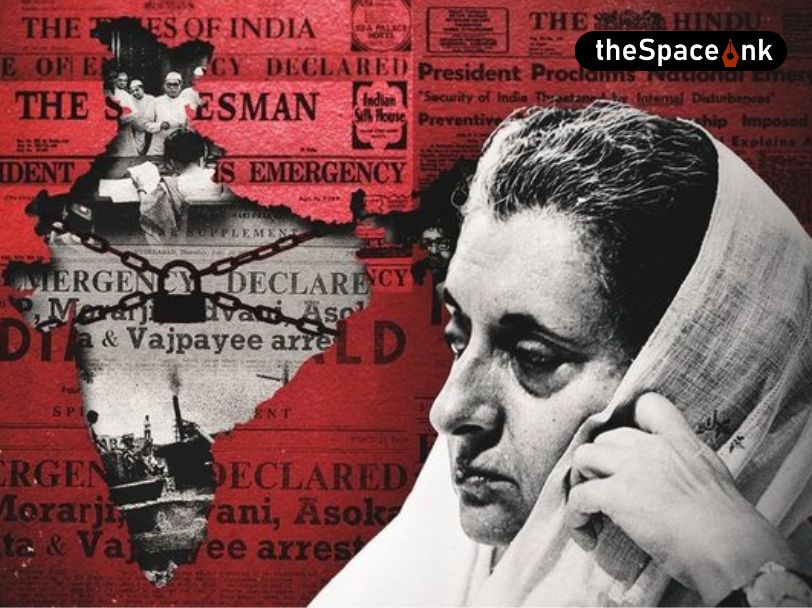

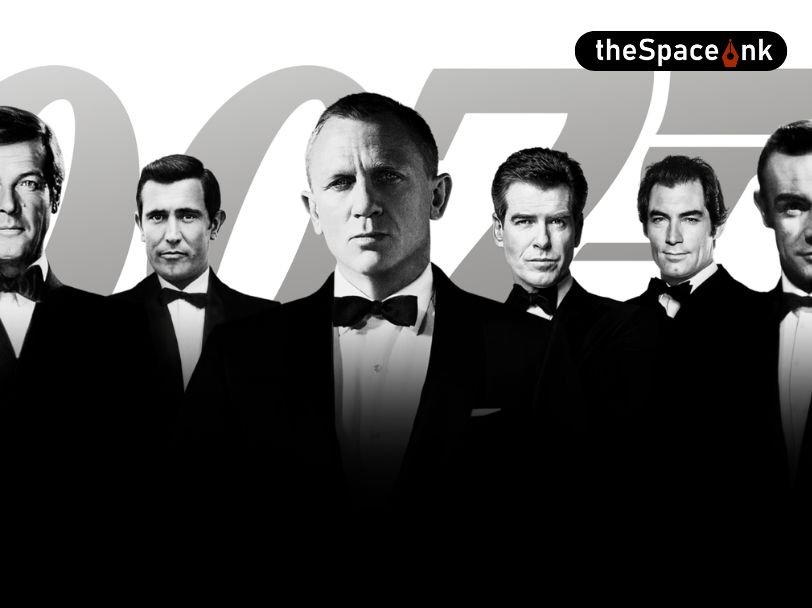
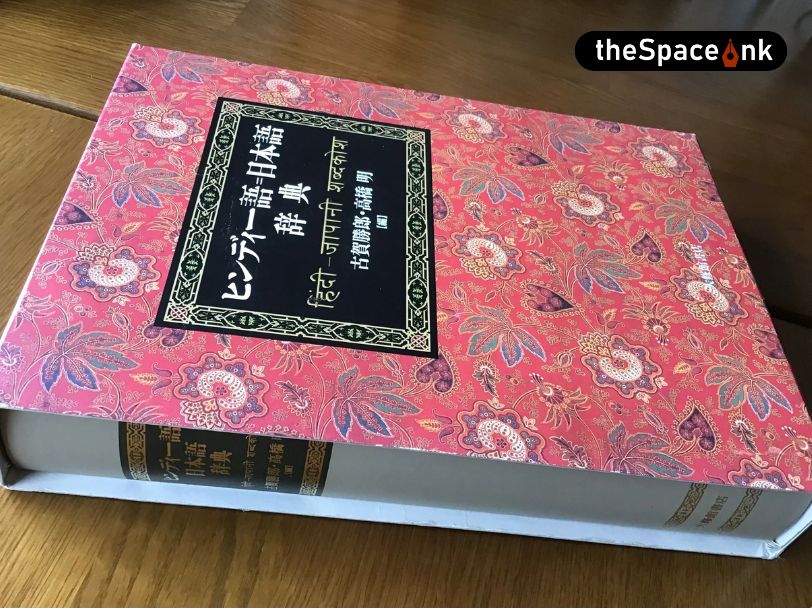
One Response
Hannah Sen was married to my grandfather’s brother Satish Chandra Sen